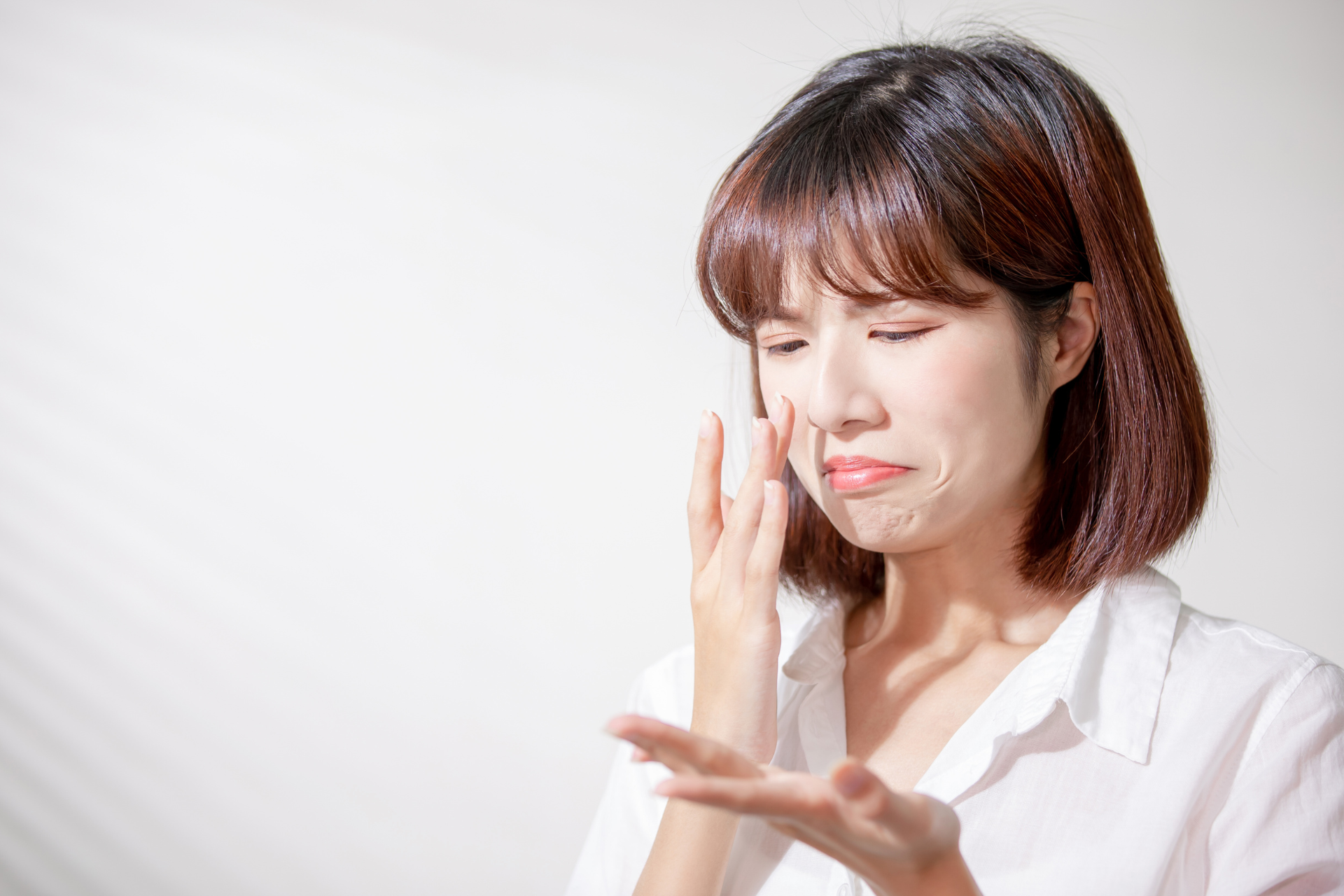Conquering Oily Skin: Maintaining a Balanced and Matte Complexion

Do you struggle with oily skin that seems to never stay matte and balanced throughout the day? If so, you're not alone. Oily skin can be a common concern for many individuals, leading to unwanted shine, enlarged pores, and a constant battle with keeping your complexion under control. At Fall Creek Skin and Health Clinic, we understand the frustrations that come with oily skin and are here to provide you with expert tips and advice on how to conquer this skin concern and achieve a balanced and matte complexion.
Understanding Oily Skin
Before diving into solutions for managing oily skin, it's essential to understand why some individuals have skin that produces excess oil. Oily skin is often the result of genetics, hormones, diet, and environmental factors. The sebaceous glands in our skin produce sebum, which is a natural oil that helps to keep our skin moisturized and protected. However, some individuals may have overactive sebaceous glands, leading to an excess production of oil.
Tips for Managing Oily Skin
1. Gentle Cleansing
Proper cleansing is key to managing oily skin. Opt for a gentle foaming cleanser that can effectively remove excess oil and impurities without stripping the skin of its natural oils. Avoid harsh cleansers that can disrupt the skin's balance and potentially trigger more oil production.
2. Exfoliation
Regular exfoliation is crucial for oily skin to help unclog pores and remove dead skin cells that can contribute to breakouts and dullness. Choose a gentle exfoliator with ingredients like salicylic acid or glycolic acid to help keep your skin smooth and refreshed.
3. Hydration
Contrary to popular belief, oily skin still needs hydration. Look for oil-free and non-comedogenic moisturizers that can provide lightweight hydration without clogging pores. Hyaluronic acid is a great ingredient to look for as it hydrates the skin without adding extra shine.
4. Use Products with Salicylic Acid
Incorporating products with salicylic acid into your skincare routine can help control oil production and prevent breakouts. Salicylic acid is a beta-hydroxy acid that penetrates deep into the pores to unclog them and regulate oil production.
5. Oil-Absorbing Products
Invest in oil-absorbing products like blotting papers or mattifying primers to help control shine throughout the day. These products can be a quick and effective solution for addressing excess oil without disrupting your makeup.
6. Sun Protection
Don't skip sunscreen, even if you have oily skin. Look for lightweight, oil-free sunscreens with a matte finish to protect your skin from harmful UV rays without adding extra shine.
At Fall Creek Skin and Health Clinic, we offer a range of treatments and skincare solutions tailored to help you manage oily skin effectively. Our experienced dermatologists can provide personalized recommendations and treatments to address your specific skin concerns and achieve a balanced and matte complexion.
Don't let oily skin stand in the way of having a clear and healthy complexion. By following these expert tips and seeking professional guidance from Fall Creek Skin and Health Clinic, you can conquer oily skin and enjoy a radiant and shine-free complexion that you deserve.



Need Our Services?
Book a free consultation

Our promise is to offer high-quality medical attention at a fair price in a clean, friendly, and professional environment.
QUICK LINKS
BUSINESS HOURS
- Mon - Thu
- -
- Friday
- -
- Saturday
- Appointment Only
- Sunday
- Closed
All Rights Reserved | Fall Creek Skin and Health Clinic |
